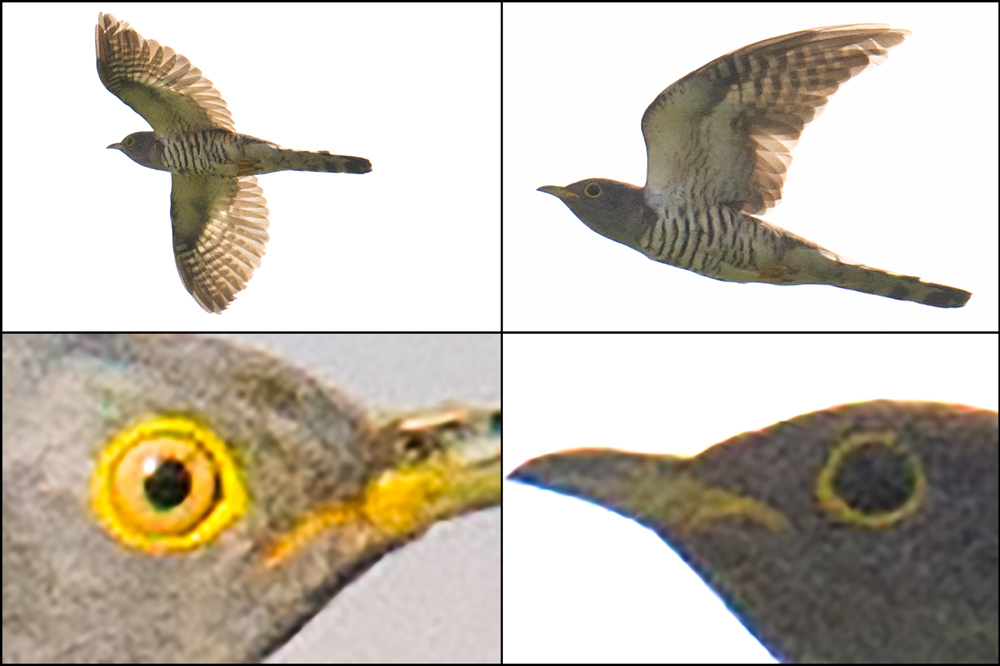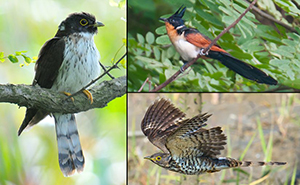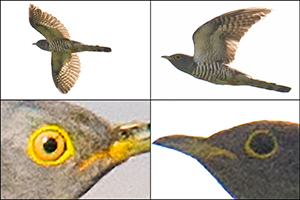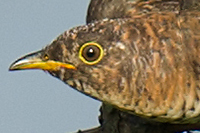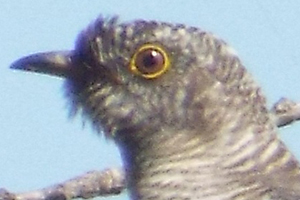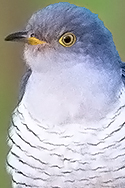by Craig Brelsford
Founder, shanghaibirding.com
EARNEST LAD: Hi Craig—I am a keen birder and would like to commend you on the fine article about id problems with cuckoos that you posted on the shanghai birding website. I have a few pics of a bird that I saw, and would be grateful if you could assist if possible. Please find here the pics concerned:
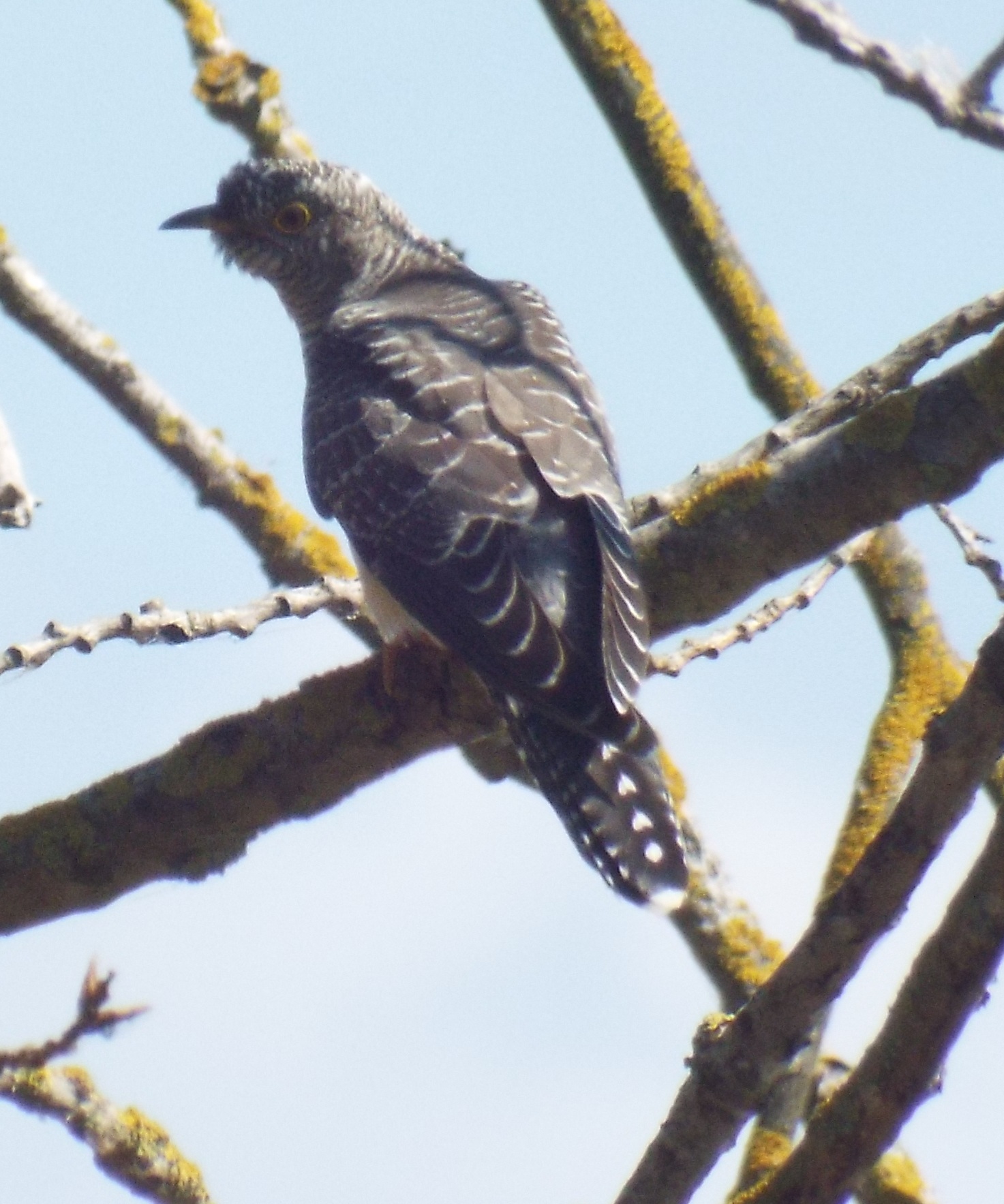
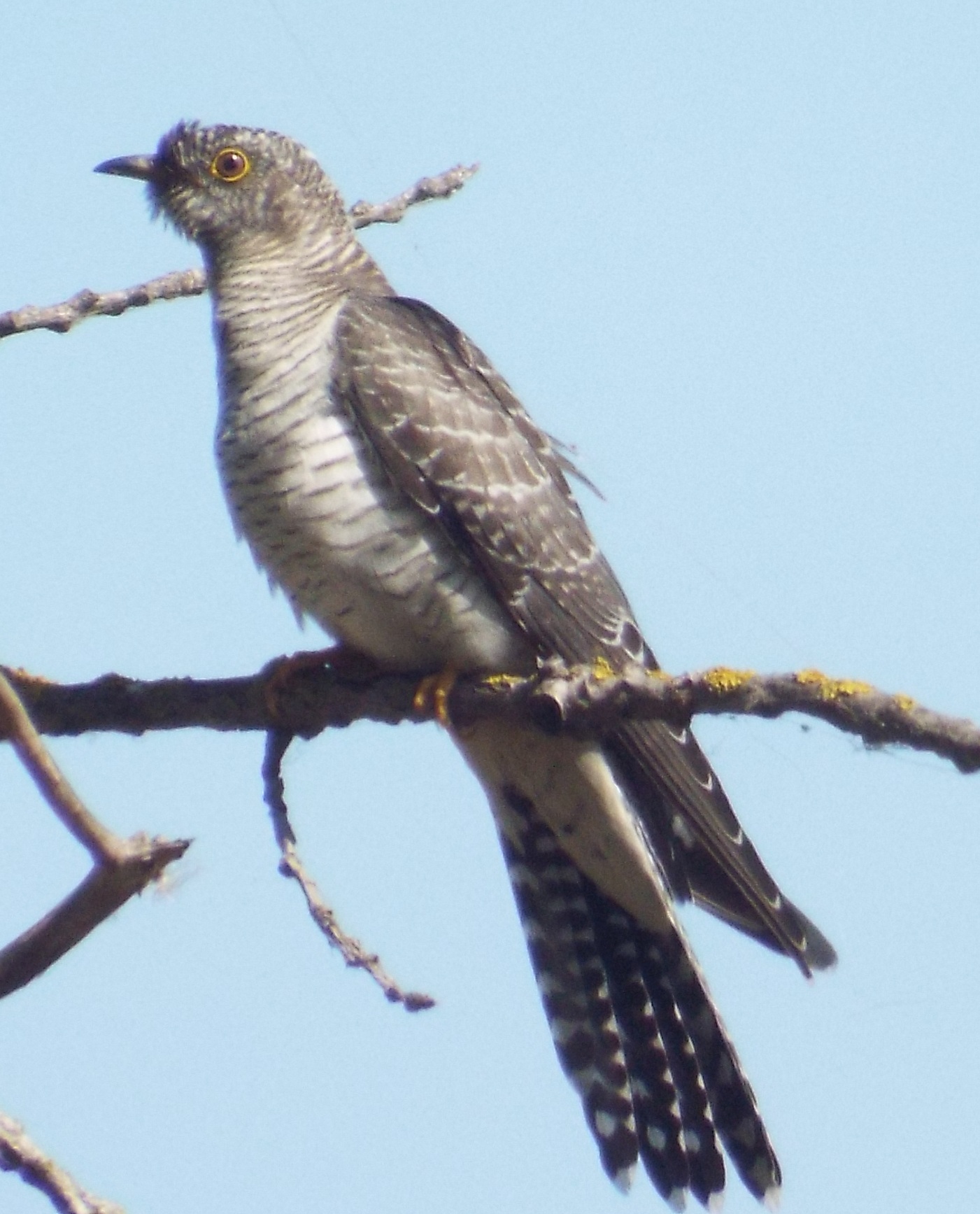
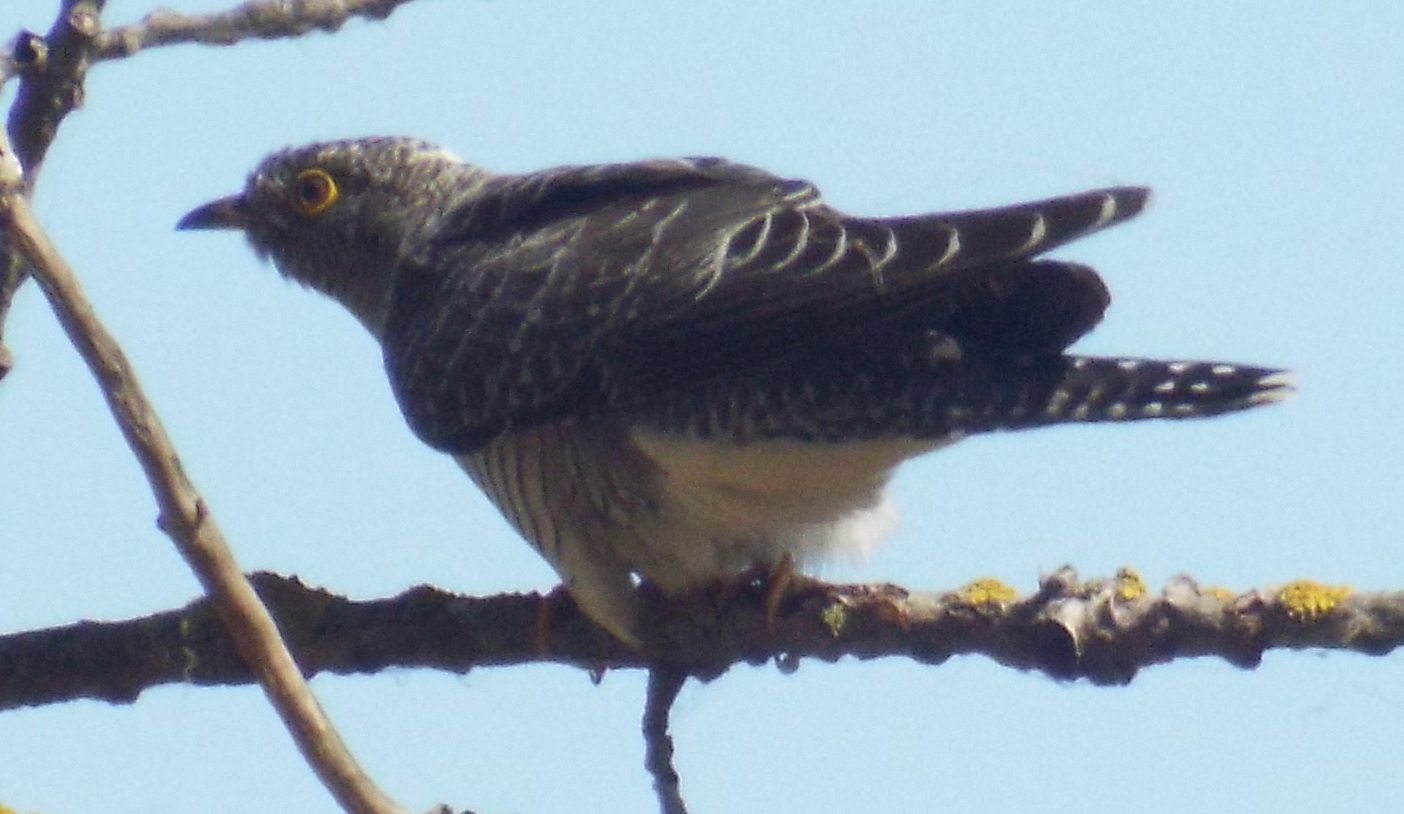
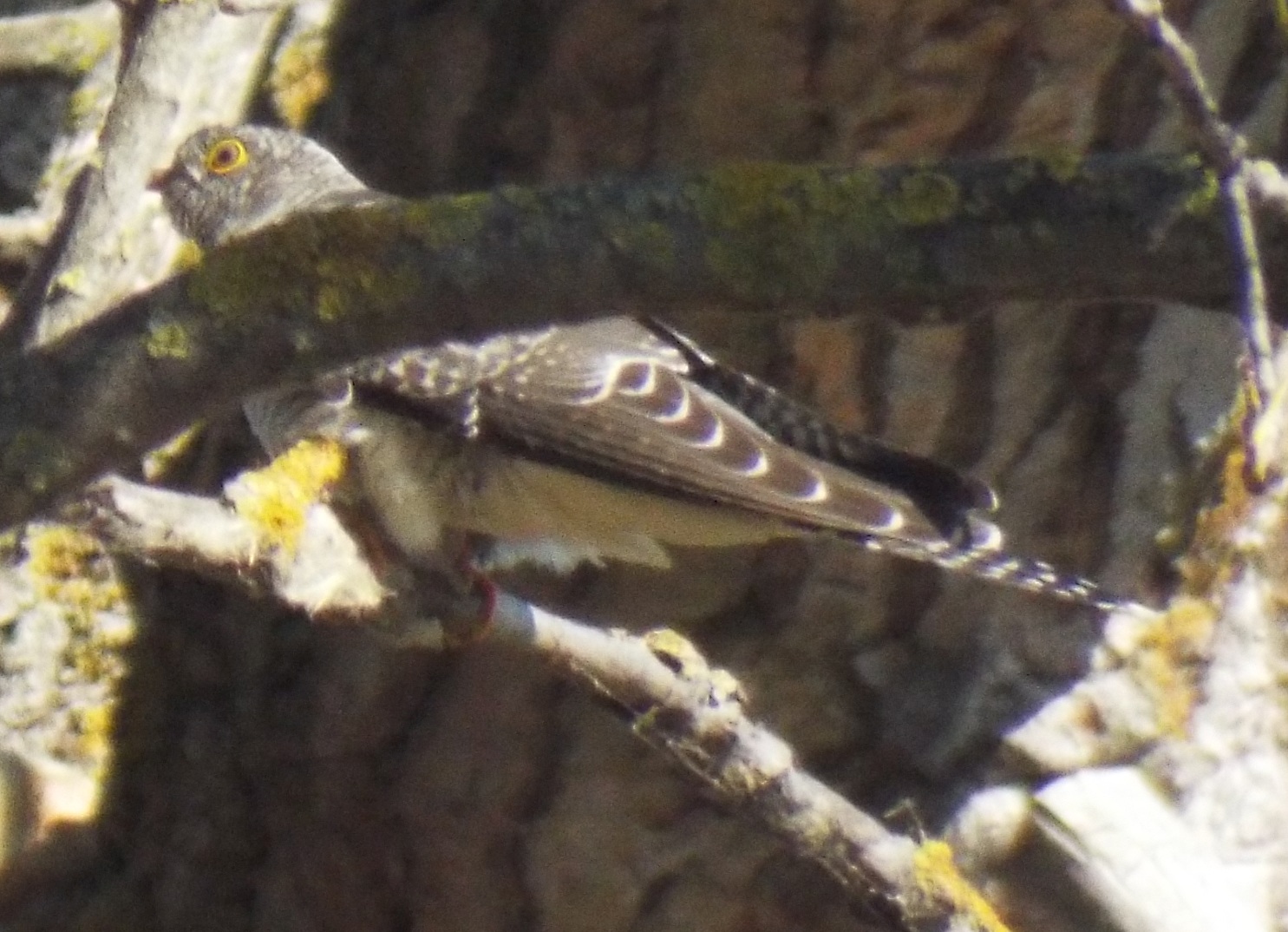
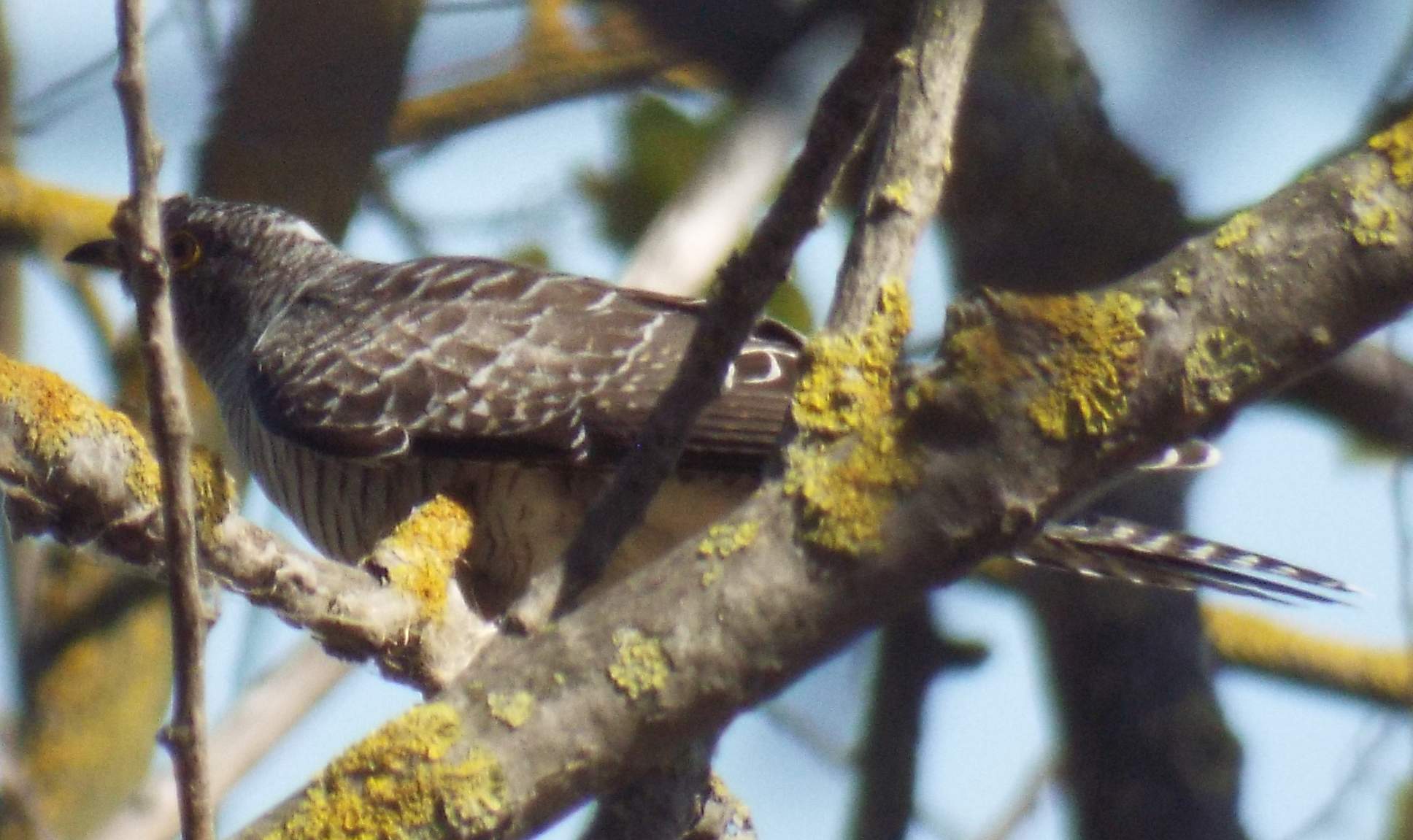
I appreciate you said id of juveniles is very hard. Still if you would be able to throw a few pointers my way it would be really appreciated.
CRAIG BRELSFORD: Hi Earnest, Thank you for reading shanghaibirding.com, and congratulations on your excellent pictures of a secretive species. You offer no information on the place where you observed the cuckoo, nor do you tell me when you saw it. If you can supply that information, then we may be able to move closer to an ID, though as I say in the post and as you surely understand, ascertaining down to the species level may be impossible.
EARNEST LAD: Hi Craig, Thank you for your kind reply. What I try to do as part of my birding “learning curve” as it were, is to try and pin identity on a species “irrespective” of location/range. A bit of a theoretical exercise really. Mind you that approach has helped me to learn about one or two different species of birds so far. I hope you don’t think that is being a bit silly.
Well I did see the Cuckoo in question in Bulgaria whilst on holiday there. I do appreciate that means it HAS to be a Common Cuckoo on location basis.
I saw from your excellent article that the “grey rump” pretty much rules out even the “theoretical” possibility of Indian Cuckoo or Lesser Cuckoo, and limits one to either Himalayan or Oriental. I just wondered if there might be anything else you can notice of interest here please.
CRAIG BRELSFORD: Hi Earnest, I appreciate your method. You build your ID around plumage, bare parts, and voice and rely less on place and time. Your method is especially appropriate in underbirded places such as China, where it can be very imperfectly known which species is expected to be in a given place.
As I write in my Shanghai- and China-centric ID Guide to Common Cuckoo, the five Cuculus cuckoos of China are hard to tell apart. Draw a circle around the five cuckoos. Within that circle, draw three circles: one around Indian, one around Lesser, and one around Common, Himalayan, and Oriental. Within the Common-Himalayan-Oriental circle, make yet another circle around Himalayan and Oriental. Within the Himalayan-Oriental circle, I would attempt an ID on voice alone, as the structural features are identical or where not identical overlap to such a great extent as to make the distinctions meaningless to anyone except perhaps the most expert researcher. Within the Common-Himalayan-Oriental circle, I remain very suspicious of IDs based on anything but voice, but among Common and Himalayan-Oriental certain features (such as vent and thickness of barring) that overlap less than in Himalayan-Oriental do seem to exist. Within the circle containing all five species, I have been able to separate out silent Indian (on color of iris, thickness of barring, and size; see https://www.shanghaibirding.com/indian-cuckoo/) and silent Lesser (on size; see https://www.shanghaibirding.com/lesser-cuckoo/).
Here is an excerpt from my entry on Common Cuckoo:
Of the five similar Cuculus cuckoos in China (Common, Oriental, Himalayan, Indian, and Lesser), Common is largest, but size alone rarely enough for a positive identification. Best differentiator is voice, [but] [u]sually silent outside breeding season, making identification difficult. All five are long-tailed and slender, with adults grey-hooded and having similarly colored grey upperparts. Tail darker than upperparts, approaching black, with some white spotting. Underparts whitish, with black bars (fainter on lower belly and vent). Legs short, yellow; wings long, pointed. … All are brood parasites and secretive forest dwellers; note however that whereas Common favors more open habitats and is often conspicuous, Oriental–Himalayan almost always prefers deep forest and is rarely in the open. Common most closely resembles Oriental and Himalayan; like them, and unlike Indian and Lesser, Common has a grey rump that contrasts with darker tail. Bars of Common often appear thinner than Oriental–Himalayan, and vent usually whiter (often buffish in Oriental–Himalayan). Female similar to male, sometimes with rusty tinge to breast sides … . Juvenile extremely difficult to distinguish from juvenile Oriental–Himalayan; one indicator may be species of foster parent. In China, Common Cuckoo parasitizes nests of Acrocephalus warblers, accentors, and pipits. … Bill yellow at base, with black tip; iris and eye-ring yellow, less dark than Indian Cuckoo.
Your cuckoo, viewed as it was in Bulgaria, is almost certainly Common, but I think you already knew that. I hope I have provided some basis for an ID based not on place, time, and voice. Thanks again for using shanghaibirding.com.
ADDENDUM
On 21 Jan. 2023, at the request of the person with whom Craig Brelsford has the exchange above, the correspondent’s name was changed to the nom de plume Earnest Lad.
